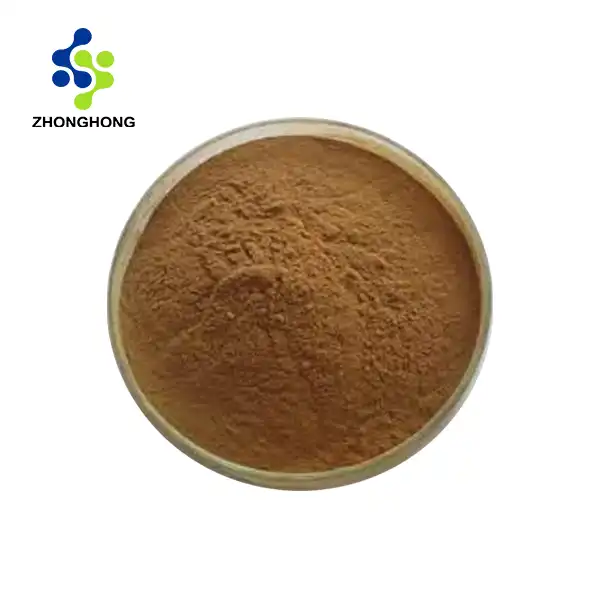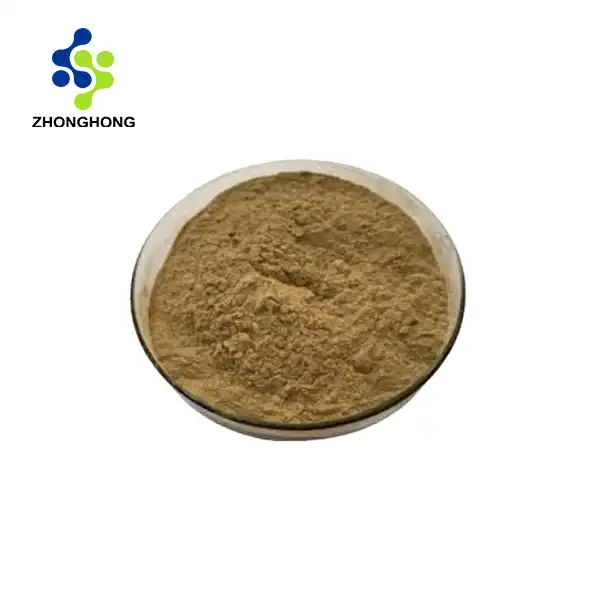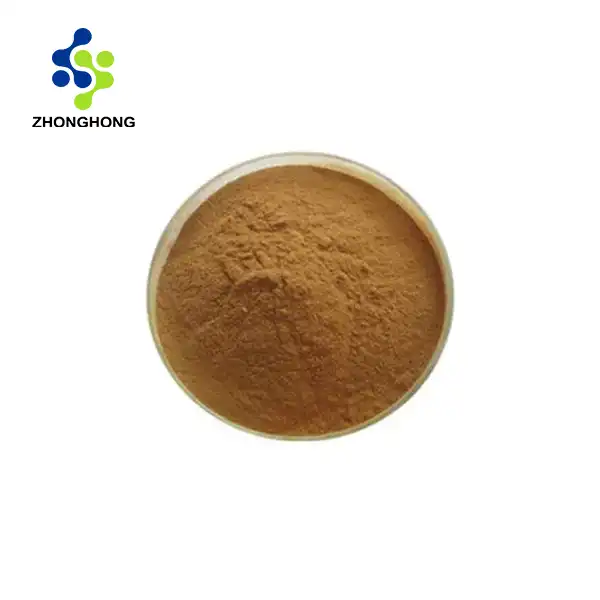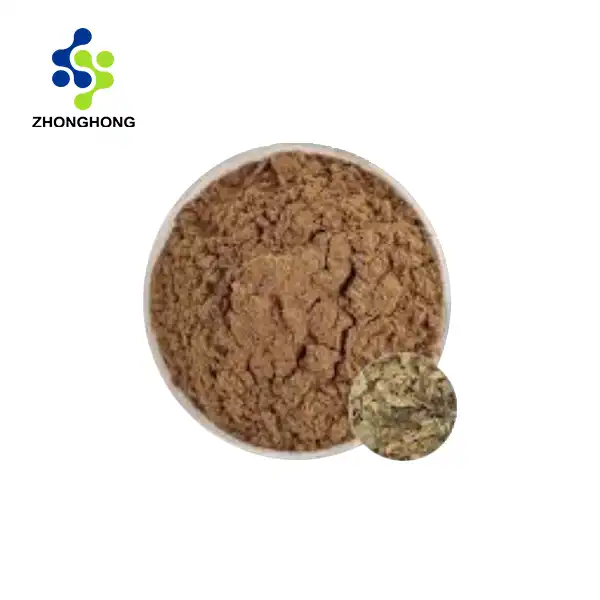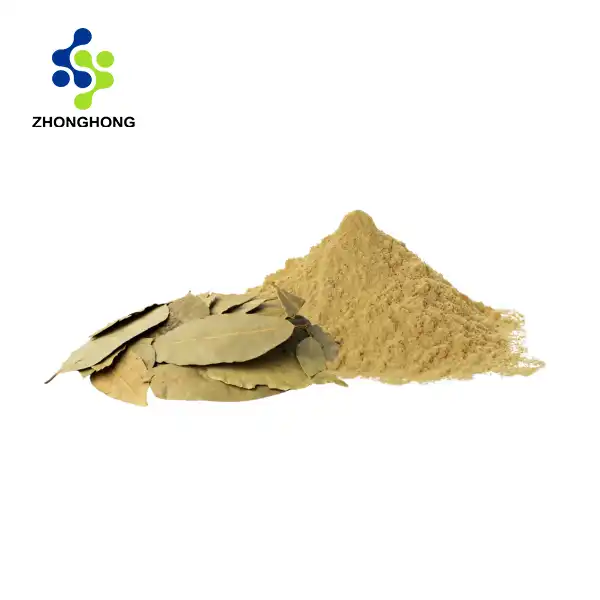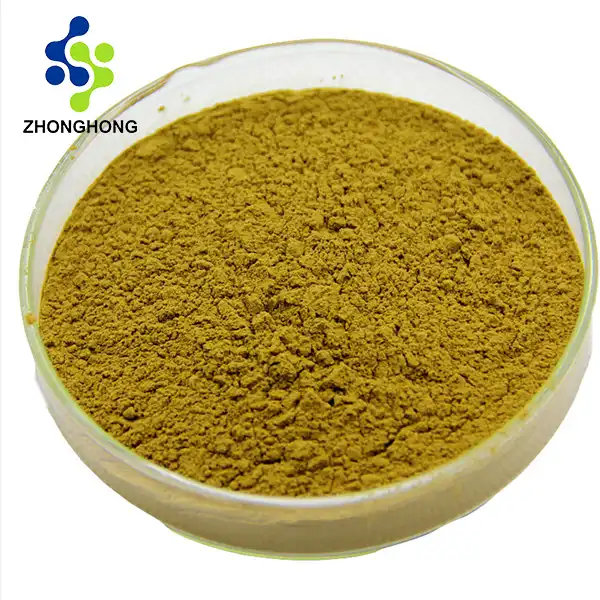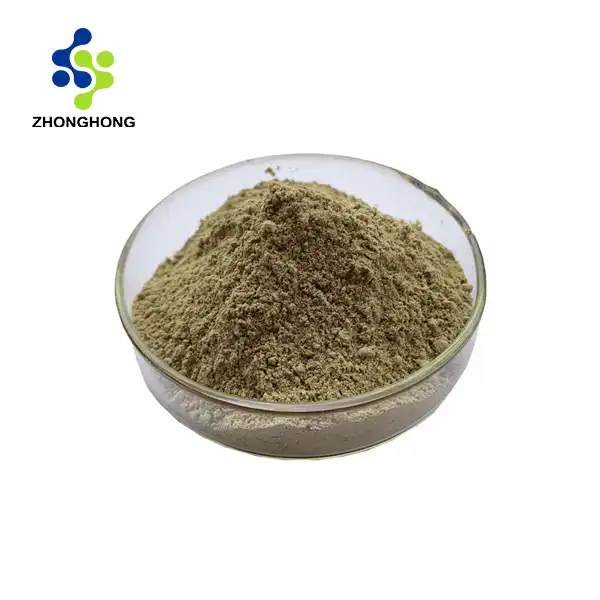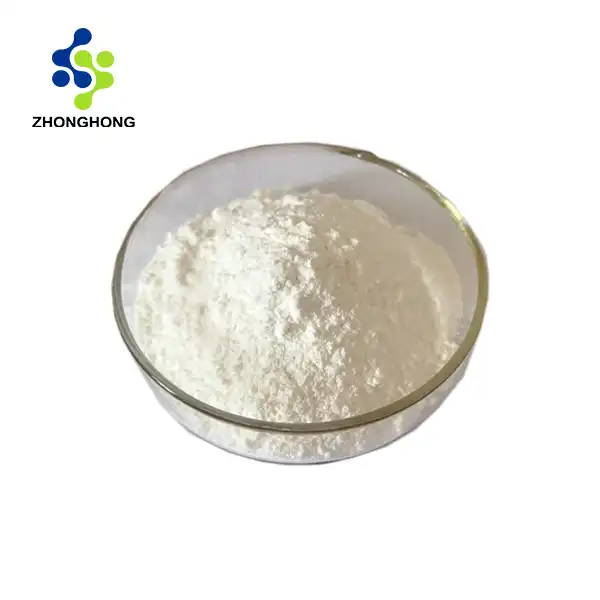What is Equol and How is it Produced?
The Origins of Equol
Equol is a metabolite of daidzein, one of the primary isoflavones found in soy products. Unlike many other compounds, equol is not directly present in food sources but is instead produced in the body through a unique process. This process begins when we consume soy-based foods, setting the stage for a fascinating journey of transformation within our digestive system.
The Gut Microbiome's Role
The production of equol is intimately linked to our gut microbiome, the complex ecosystem of microorganisms residing in our intestines. Not everyone possesses the specific bacteria capable of converting daidzein into equol, which is why equol production varies significantly among individuals. This bacterial conversion is a critical step in the formation of equol and highlights the importance of gut health in our overall well-being.
Factors Influencing Equol Production
Several factors can influence an individual's ability to produce equol. Diet plays a crucial role, with regular consumption of soy products potentially enhancing equol production over time. Additionally, factors such as age, gender, and overall gut health can impact equol synthesis. Understanding these variables is essential for those interested in harnessing the potential benefits of equol.
Equol and Its Benefits for Skin and Aging
Antioxidant Properties
One of the most notable attributes of equol is its potent antioxidant properties. Equol has demonstrated an ability to neutralize free radicals, which are unstable molecules that can cause oxidative stress and contribute to premature aging. By combating these harmful entities, equol may help protect skin cells from damage and support overall skin health.
Collagen Support
Collagen, the protein responsible for skin's elasticity and firmness, naturally decreases as we age. Research suggests that equol may play a role in supporting collagen production and preservation. This potential benefit could translate to improved skin texture, reduced appearance of fine lines, and enhanced skin resilience against environmental stressors.
Hormonal Balance and Skin Health
Equol's structural similarity to estrogen allows it to interact with estrogen receptors in the body. This interaction may contribute to hormonal balance, which is particularly relevant for skin health during menopause. By potentially mitigating some of the skin-related effects of declining estrogen levels, equol could offer a natural approach to maintaining skin vitality as we age.
Equol vs. Other Supplements: What Sets It Apart?
Unique Mechanism of Action
Equol distinguishes itself from many other supplements through its unique mechanism of action. Unlike supplements that are directly ingested, equol is produced within the body, specifically by gut bacteria. This endogenous production means that equol's effects can be highly individualized, depending on a person's specific gut microbiome composition and ability to convert daidzein into equol.
Bioavailability and Absorption
The bioavailability of equol is another factor that sets it apart. Once produced in the gut, equol is readily absorbed into the bloodstream, allowing for efficient distribution throughout the body. This high bioavailability contrasts with some other supplements that may struggle with absorption issues or require specific formulations to enhance their effectiveness.
Multifaceted Health Benefits
While many supplements target specific health concerns, equol offers a range of potential benefits across various aspects of health. From its antioxidant properties to its potential effects on bone health, cardiovascular function, and hormonal balance, equol presents a multifaceted approach to wellness. This broad spectrum of potential benefits makes it an intriguing option for those seeking comprehensive health support.
Conclusion
Equol emerges as a fascinating compound with potential benefits for skin health, aging, and overall wellness. Its unique production in the gut, potent antioxidant properties, and diverse health effects set it apart in the world of supplements. As research continues to unfold, equol may offer promising avenues for those seeking natural approaches to health and longevity. If you want to get more information about this product, you can contact us at liaodaohai@gmail.com.
_1728976869676.webp)
